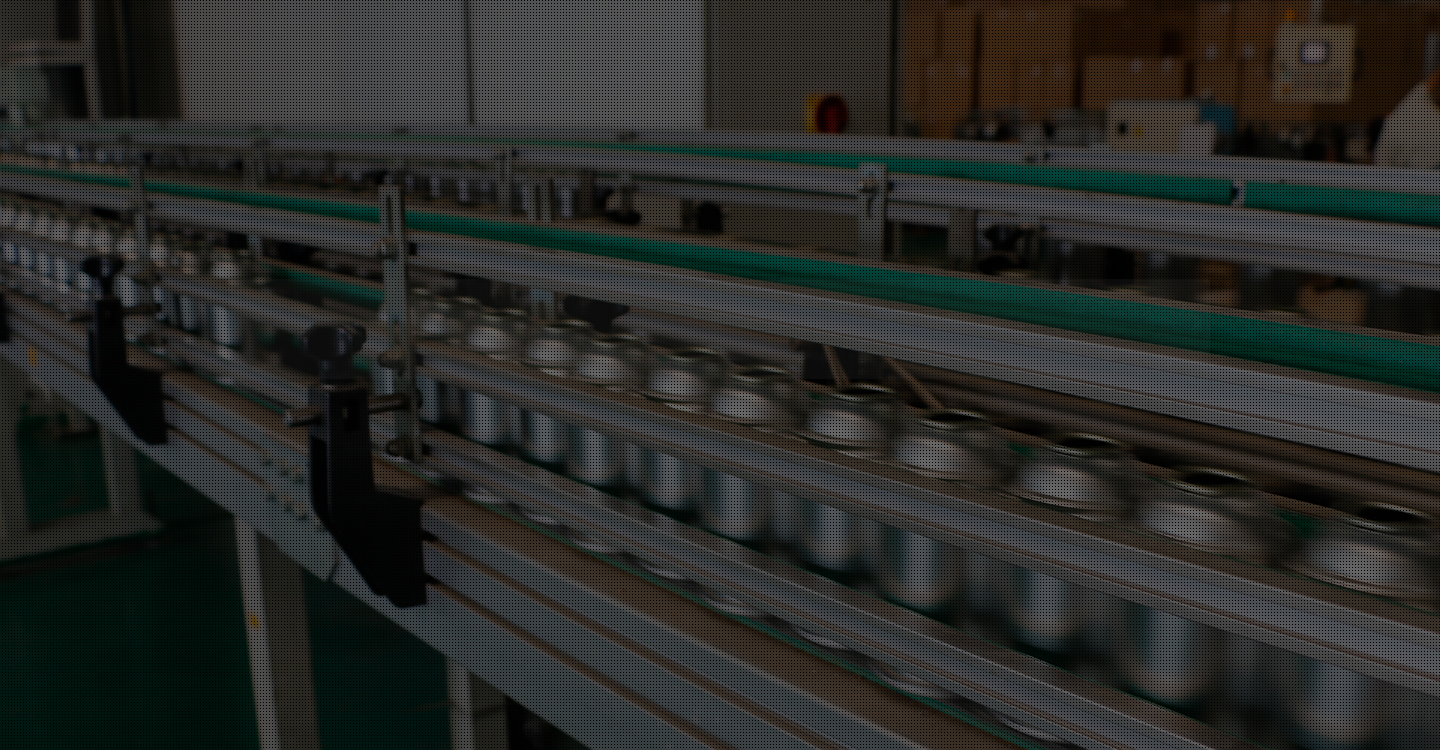
HOME >Media Center > Industry news
Analysis of the Development Prospects of Chinas Metal Packaging Market in 2015
release date:2015-10-16
From an international perspective, after a continuous 10-year rapid growth, the average annual consumption of aluminum cans per capita in China is only 17 cans, which is approximately 1/22 of the consumption in the United States (380 cans).
The metal packaging industry has entered a phase of rapid development and has now formed a complete metal packaging industrial system. However, certain real issues within the metal packaging industry cannot be ignored. In recent years, China's metal packaging industry has entered a period of rapid growth. A comprehensive metal packaging industrial system has been established, including products like printed tinplate, can manufacturing, lid production, and barrel manufacturing. With the increase in national consumption capacity and upgrading consumption habits, there has been a significant growth in the usage of metal packaging for high-end beverage products.
According to the 2011-2015 China Metal Packaging Market Outlook Forecast and Investment Planning Consultation Report published by Yubo Intelligence Market Research Center, due to the fact that the domestic market has not been effectively activated and the safety and convenience of metal packaging compared to glass bottles need improvement, the market capacity for metal packaging used in canned foods is immeasurable, indicating strong growth potential. Furthermore, statistics show that the average annual consumption of canned products per person is about 90 kg in the United States, approximately 50 kg in Western Europe, 23 kg in Japan, and only 1 kg in China.
In addition, many enterprises are placing emphasis on technological advancement, technical development, and the establishment of brand products with independent intellectual property rights to win users and markets, following a development model based on content. According to experts' predictions, the metal packaging industry in China has enormous development space in the next 3-5 years, and achieving a production value exceeding one hundred billion yuan is already a certain trend.
Several medium-sized enterprise groups have achieved substantial growth, primarily relying on their high market share for products and leveraging their comprehensive strength. By centering their products on user needs and expanding to different regions in the country, these groups have become a significant force in the metal packaging industry. Additionally, with the rapid development of the metal packaging industry, the demand for metal packaging steel has been boosted, along with higher requirements. Industry experts analyze that the rapid growth of food and fast-moving consumer goods is the primary driving force for the rapid development of this industry, and the trend of upgrading packaging products directly enhances the share of metal packaging products in various categories of packaging products. In the future, metal packaging will pay more attention to food safety, thinning, reduction, and recyclability. The sustained growth of food and fast-moving consumer goods, especially the rapid growth of beverages as consumer goods, the increasing rate of beer can usage, the strong demand for two-piece cans in rural markets, the gradual improvement of metal packaging machinery, management, and production capacity, all indicate a promising future for China's metal packaging industry.
From the results of market research, some large enterprise groups in the industry are forming and intensifying their production. Leveraging their advantages in terms of capital, technology, brand, and reputation, these larger enterprise groups are expanding through capital output, low-cost expansion, restructuring, mergers, leasing, and other methods, aiming to grow bigger and stronger.
In the UK, around two-thirds of steel cans are made from recycled materials. In some European countries, the recycling rate of metal cans exceeds 90%. As a result, new requirements are placed on the steel used for manufacturing metal packaging containers, such as containers, ordinary steel drums, etc. These metal packaging containers need to have greater strength and rigidity, along with advantages like lower costs and good processing performance. Consequently, steel plates are required to possess higher strength and rigidity. Furthermore, packaging cans for weak acid foods require the steel plate to have certain corrosion resistance. Nevertheless, certain real issues within the metal packaging industry cannot be ignored: firstly, there is an abundance of small enterprises, the majority of which have outdated technologies, low-quality products, and high resource consumption; secondly, most enterprises lack strong independent innovation capabilities, with low product development and technical research and development levels, resulting in a significant gap compared to international advanced levels; thirdly, there is a severe shortage of professional technical talent; fourthly, various types of information exchange are insufficient.

